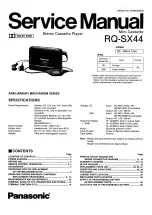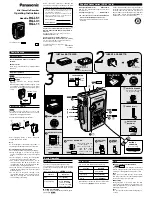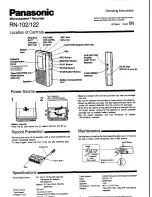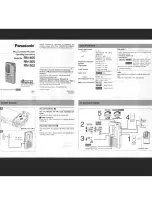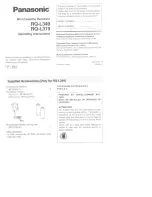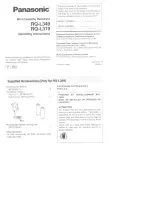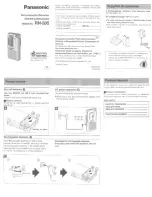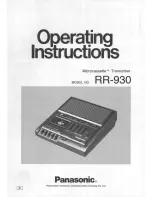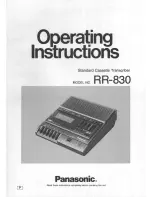
User Guide
DDOC0108-000-A2
CNS4 CSfC
2 - 4
Overview
Revision 1.0
Figure 2.3
FSM-C Module
Control of FSM-C module functions is established through the Command Line Interface (CLI).
Refer to
section for additional information regarding applicable CLI
commands. Several FSM-C functions are monitored to ensure proper operation. Refer to
for additional information. Refer to
section for the
FSM-C module part number. Refer to paragraph 10.2
FSM-C Module - Install / Remove
for
instruction on installing or removing the FSM-C module.
2.1.3
ILE Module
CAUTION
EQUIPMENT DAMAGE. Do not remove / install a ILE module with power applied or damage to the
ILE module and / or CNS4 will occur.
CAUTION
EQUIPMENT DAMAGE. Use ESD precautions when handling a ILE module. Failure to properly
handle ILE modules can result in damage.
The CNS4 uses the Curtiss-Wright FIPS 140-2 certifiable ILE module for hardware encryption. For
CSfC, the ILE module works in conjunction with software encryption present on each FSM-C
module. The FSM-C module(s) accepts the cipher text written from the ILE module and retains it
until read and decoded by the ILE module. The ILE module has two encryption modes:
•
Internally generated Date Encryption Key (DEK).
•
Externally provided DEK.
The ILE module uses the Advanced Encryption Standard (AES) and a 256-bit encryption key. As a
result, sensitive data can be protected when processed through the ILE module. Refer to Figure
2.4 for a block diagram of the ILE module.
Wedgelock
Lever
Wedgelock
Lever
Eject Lever
Power LED
Status LED
Fault LED
DDOC0108-0009
Removal Request
Button
DETAIL A
Standard Keying
See DETAIL A































